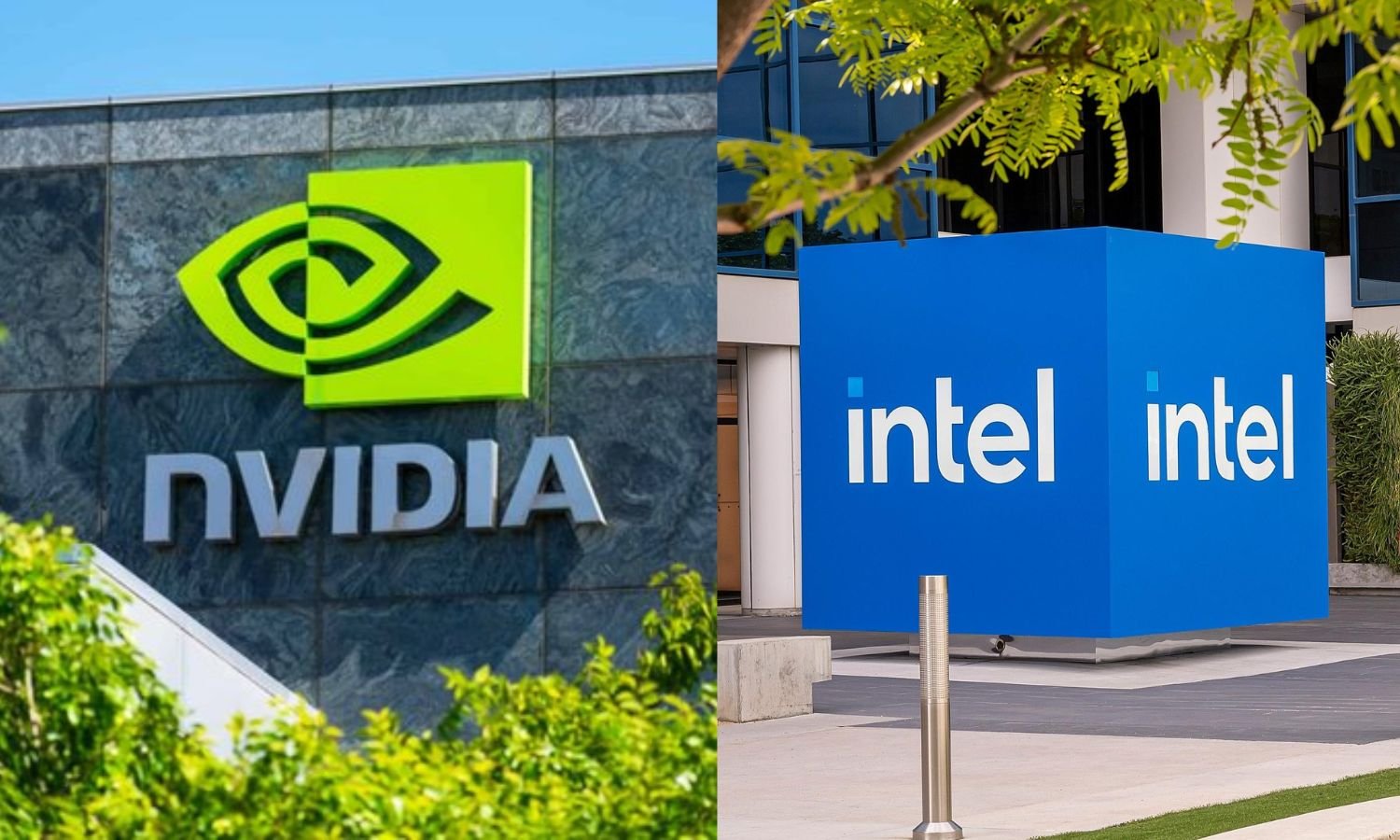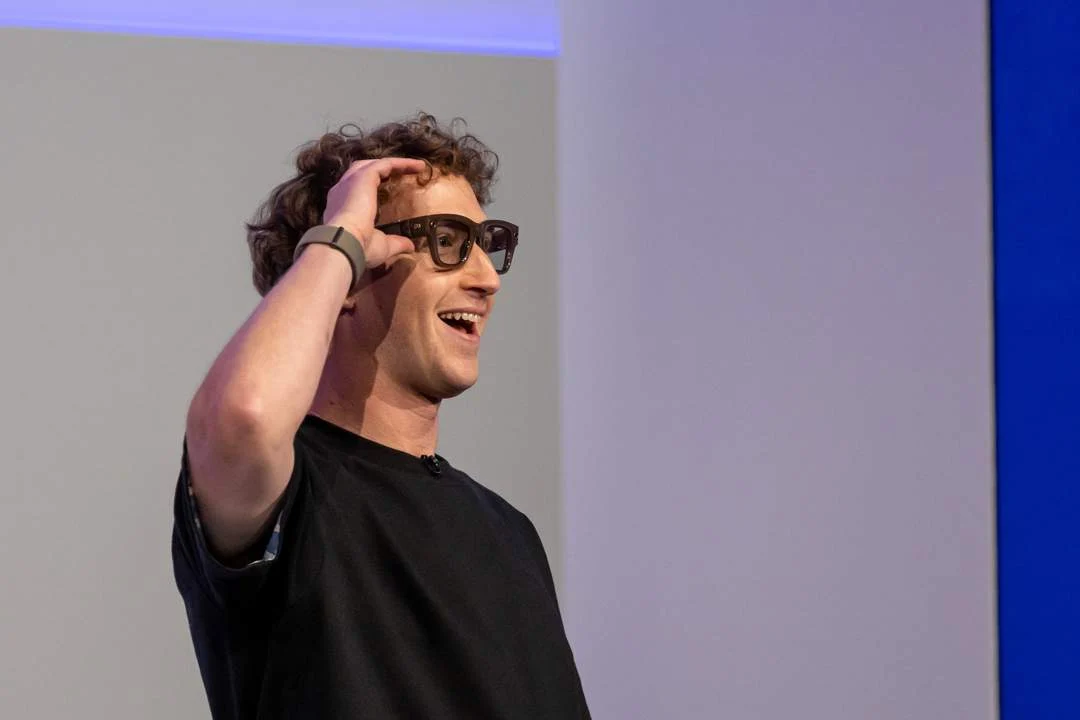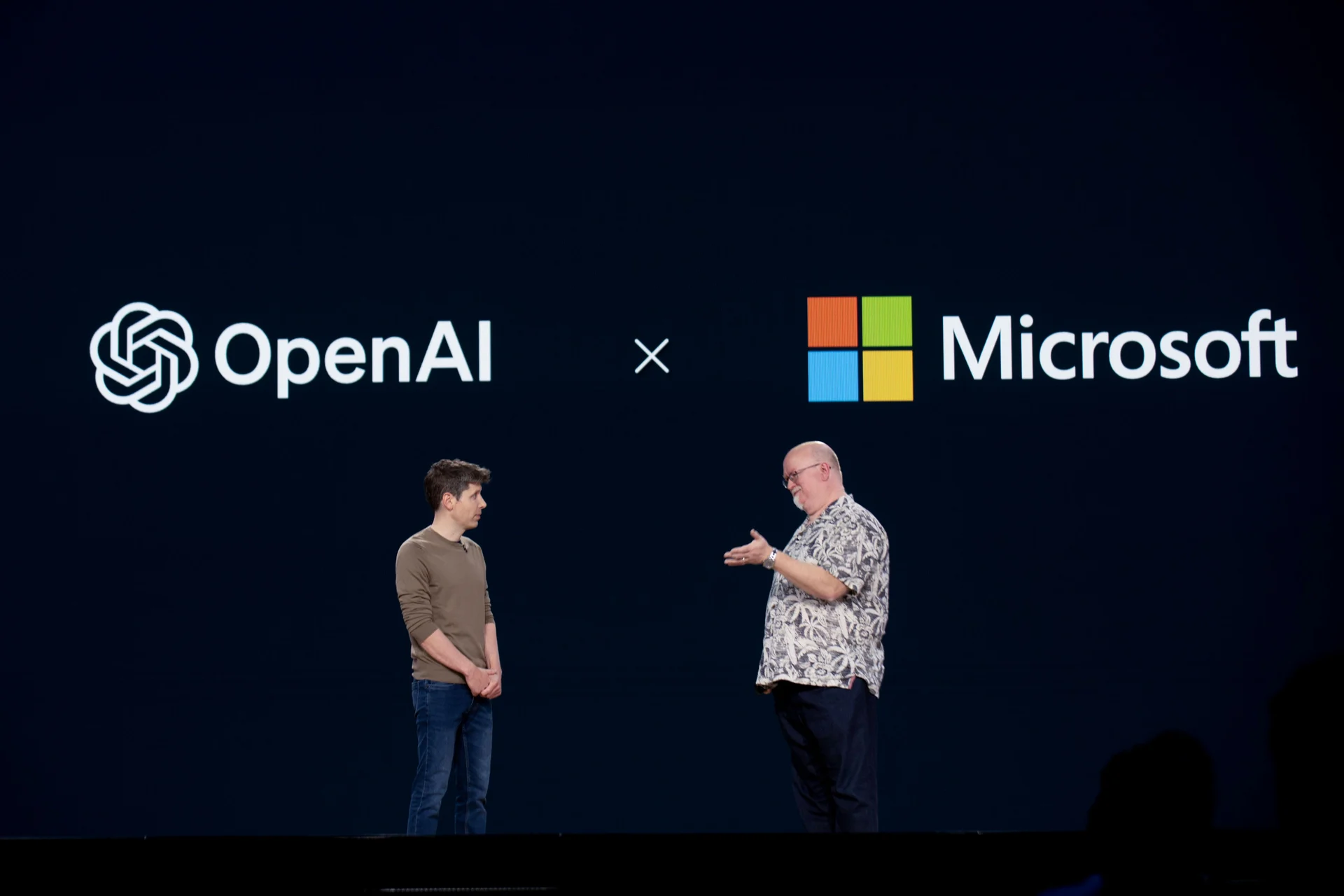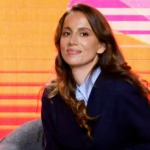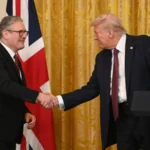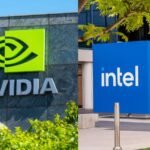OpenAI has unveiled a major leap in AI-powered creativity: GPT-4o’s native image generation. Fully integrated into ChatGPT, this upgrade turns the platform into a true multimodal powerhouse—able to understand, generate, and iterate across text, visuals, and even user-uploaded images. In a space once dominated by text-to-image bridges like DALL·E 3, OpenAI’s new approach offers native, fluid, and context-rich visual synthesis with surprising precision and utility.
From Words to Worlds: The Core of GPT-4o Image Generation
At the heart of this innovation is a unified model trained on a joint distribution of images and text, allowing GPT-4o to grasp how visuals and language intertwine—not just semantically, but structurally. This native multimodal understanding has led to a new class of images that are not only aesthetically compelling but functionally accurate.
Whether it’s educational diagrams, conceptual art, photorealistic scenes, or dense infographics, GPT-4o excels at translating textual prompts into visually coherent, usable images. Unlike previous systems, which often faltered at rendering text or maintaining object relationships, GPT-4o demonstrates a refined grasp of spatial logic, typography, and symbolism.
For example, the model accurately generates intricate visual layouts—think labeled whiteboard equations, detailed infographics, and even restaurant menus rendered in specific aesthetic styles. This precision unlocks a new level of practical value, positioning the tool as a visual productivity engine rather than just a creative toy.
Functional Fluency: Where Art Meets Information
What distinguishes GPT-4o isn’t just the quality of its photorealism—it’s the functionality of the images. This includes:
- Reliable text rendering: Crucial for creating posters, signage, menus, and educational materials.
- High object capacity: Capable of rendering scenes with up to 20 distinct objects, with accurate relationships and consistent detailing.
- Prompt adherence: Sophisticated control over color palettes, aspect ratios, artistic styles, and content composition.
- Contextual continuity: Seamlessly incorporates uploaded visuals or previous generations into ongoing visual storytelling.
This means a user designing a video game character can keep refining that design across multiple iterations without losing coherence. Likewise, a teacher can build a step-by-step infographic where every panel aligns with the next in both visual style and content fidelity.
Studio Ghibli Craze and Viral Demand: A Double-Edged Sword
OpenAI’s rollout didn’t go unnoticed by the internet. A recent viral trend involved users reimagining iconic moments—ranging from world leaders to internet memes—in the soft, whimsical aesthetic of Studio Ghibli. Social feeds were flooded with surreal reinterpretations, boosting GPT-4o’s popularity to unexpected levels.
However, this explosion of interest also delayed access for free-tier users. CEO Sam Altman confirmed via X (formerly Twitter) that due to overwhelming demand from Pro and Plus subscribers, free-tier access is temporarily on hold. Altman admitted that “images in ChatGPT are way more popular than we expected (and we had pretty high expectations).”
This has reignited ongoing debates about accessibility and commercialization of generative tools, especially when viral culture is driven by content created with features locked behind paywalls.
Real-World Integration: API Access and Creative Freedom
GPT-4o image generation is currently available to Plus, Pro, Team, and Free users (with limitations for free users). Enterprise and Edu users, along with developers via OpenAI’s API, will receive access in the coming weeks.
For developers, this unlocks potential in fields like e-commerce (automated product imagery), publishing (on-demand visual assets), and education (interactive learning aids). GPT-4o can generate visuals in specific formats like transparent backgrounds, hex-coded color schemes, and poster dimensions, streamlining production pipelines across sectors.
Balancing Creativity with Responsibility: The Safety Layer
OpenAI emphasizes that GPT-4o’s image generator was designed with safety as a core pillar. Key safeguards include:
- C2PA Metadata: Every image comes embedded with provenance data, identifying it as AI-generated.
- Internal search tools: These enable detection and traceability of images for moderation and verification.
- Reasoning-based moderation: A secondary LLM interprets human-written safety rules, ensuring outputs align with policy.
- Blocklists: Prevents the generation of sexual deepfakes, graphic violence, and misuse involving real people.
Yet, challenges remain. The model can still hallucinate information, crop long vertical images awkwardly, or misrender complex multilingual text. OpenAI is candid about these limitations and plans iterative fixes post-launch.
Final Thoughts: A Turning Point in Visual AI
GPT-4o’s native image generation is more than just an upgrade—it’s a paradigm shift in multimodal AI. By fusing linguistic context with visual intelligence, OpenAI has pushed the boundary of what it means for a language model to “see.”
For professionals and creatives alike, GPT-4o represents a leap toward a world where imagination meets execution in a single conversational interface. And while access limitations may frustrate some users, the wave of innovation unleashed is undeniable.
As enterprises, educators, and developers begin to explore the breadth of what this model can do, one thing is clear: the image generation era is no longer siloed—it’s integrated, intelligent, and deeply transformative.
Stay tuned with Superintelligence News for ongoing coverage of how GPT-4o continues to reshape AI’s visual frontier.


